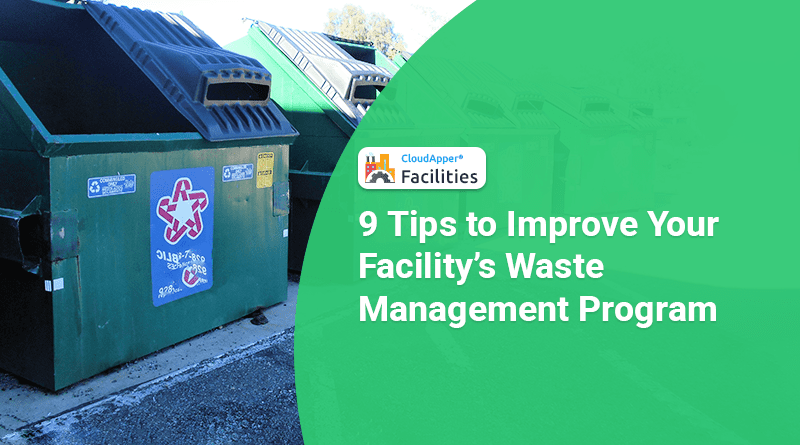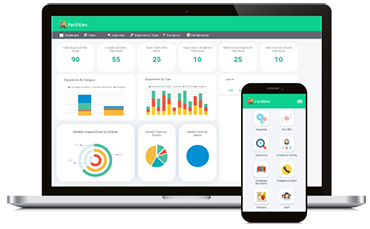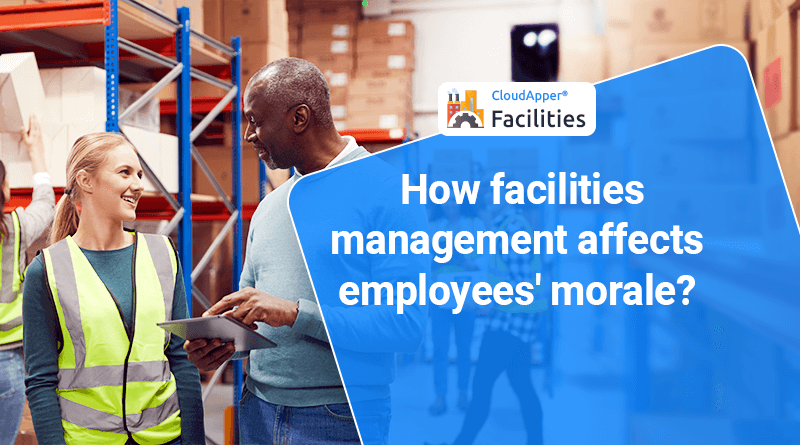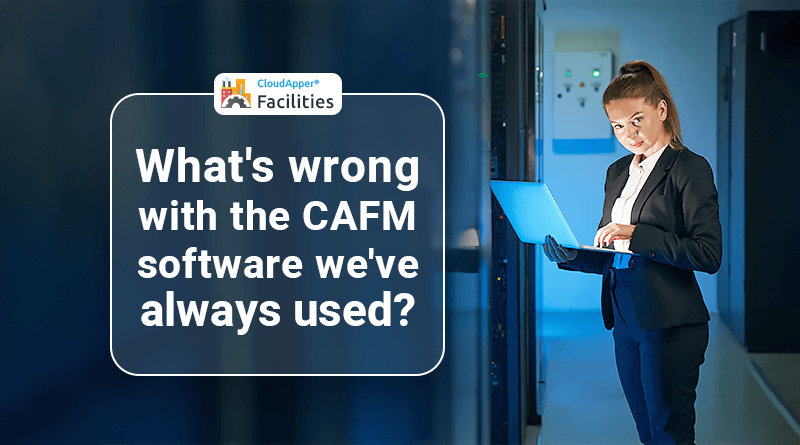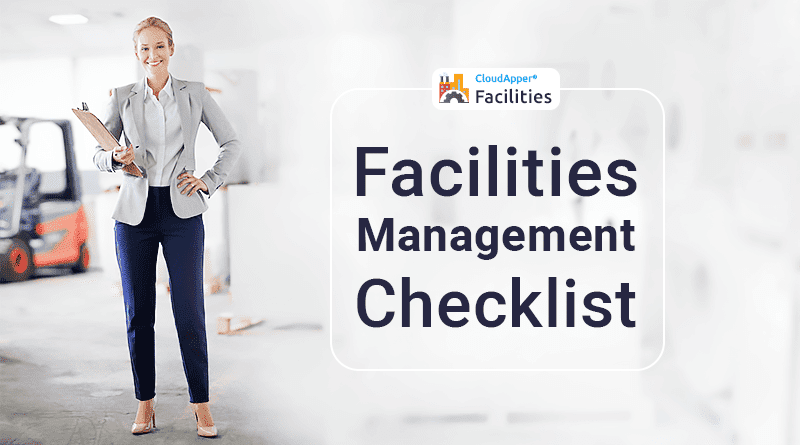Table of Contents
The term “waste management” includes all of the various ways to get rid of waste. This can be done by discarding, destroying, processing, recycling, reusing, or controlling waste. The goal of waste management is to reduce the number of unusable materials and avoid any possible health and environmental hazards in the process.
In this article, we will cover 9 tips on how to improve waste management programs. Let’s go straight to the topic!
1. Conduct Regular Waste Audits
Your company should have real information on waste production.
A waste audit will help you:
- Determine the amount and composition of waste generated.
- Determine the waste-generating processes.
- Give you a picture of how waste is currently being managed.
The audit will show:
- Whether your current waste management provider is properly licensed and permitted to collect, transport, store, and process your waste.
- How much non-hazardous and hazardous waste does your company produces?
- Possibilities for improving waste segregation.
- Determine which waste can be reused or recycled.
2. Examine Your Current Waste Management Plan
As part of your duty of care, you are legally responsible for the waste you generate, store, transport, and dispose of without endangering human health or the environment.
Be persistent and follow these steps:
- Demonstrate how your business might profit from waste segregation by informing the organization of its financial benefits.
- Workers should be rewarded.
- Educate workers on up-to-date recycling methods.
- Color-coded waste containers should be labeled in a way that is easy to understand.
- Discuss returning packaging with your suppliers.
- Inform people about your waste management goals.
Your workers aren’t the only ones who need to know about your goals – you should also include:
- Suppliers.
- Contractors.
- Clients.
3. Determine the Real Cost of Waste of Your Company
Waste processing is not the only cost driver in your organization; other cost drivers include:
- On an annual basis, landfill tax and other disposal costs rise.
- The expense of using resources for waste management, as well as the cost of not being able to use those resources elsewhere.
- Costs for purchasing unneeded supplies.
- Transportation expenses.
4. Check the Status of Your Waste Management Compliance.
As a company, you are responsible for the waste you generate from beginning to end. Answer these questions to determine how to best manage your waste:
- Who is responsible for the process that creates each waste stream?
- Is the material storage appropriate?
- Do you know if your waste management partner is legally allowed to collect, bring, store, and process waste?
- Do you outsource any aspects of your waste management to a third party?
5. Assume Leadership From the Top
You’ll demonstrate great leadership abilities by monitoring and setting goals for your company. This is necessary to obtain buy-in from others in your organization. This will also help you build trust with other people essential to your business, such as clients, local authorities, regulatory bodies, contractors, and investors.
6. Assess Business Relationships
You may need to end some business relationships and hire new vendors as you go through this process. If that happens, ask yourself these questions:
- Can you confirm the waste recovery and recycling rates that they have published?
- Do they have the necessary licenses and permits?
- Do they meet both environmental and legal standards?
- Do they have a quality and environmental management system that is effective in monitoring their activities?
7. Look for Lost Opportunities
Management may think that the company’s processes are good, but there is always room for improvement. Ask yourself these questions:
- Can waste reduction be a collaborative effort between suppliers and clients?
- Is waste properly separated?
- Can we reuse materials more effectively?
8. Follow the Waste Hierarchy
Customers are becoming more concerned about environmentally responsible business methods.
Benefits of following the waste hierarchy:
- Cost savings.
- Good brand reputation.
- Additional sources of income from reselling used or unwanted items.
9. Establish KPIs with All New Suppliers
You may establish waste reduction and recycling goals from the start of a new initiative. As a result, you should collect the following initial values:
- Production of waste.
- Recycling rates.
- Waste saved from the landfill.
- Landfill waste.
Final Thoughts
By following these tips, you’ll be on your way to better waste management practices and a more sustainable business. Waste segregation, reducing consumption, and involving all members of your team are essential to success. CloudAppear provides reliable facility management software to assist in the process.
Check CloudAppear CMMS software
What is CloudApper AI Platform?
CloudApper AI is an advanced platform that enables organizations to integrate AI into their existing enterprise systems effortlessly, without the need for technical expertise, costly development, or upgrading the underlying infrastructure. By transforming legacy systems into AI-capable solutions, CloudApper allows companies to harness the power of Generative AI quickly and efficiently. This approach has been successfully implemented with leading systems like UKG, Workday, Oracle, Paradox, Amazon AWS Bedrock and can be applied across various industries, helping businesses enhance productivity, automate processes, and gain deeper insights without the usual complexities. With CloudApper AI, you can start experiencing the transformative benefits of AI today. Learn More
